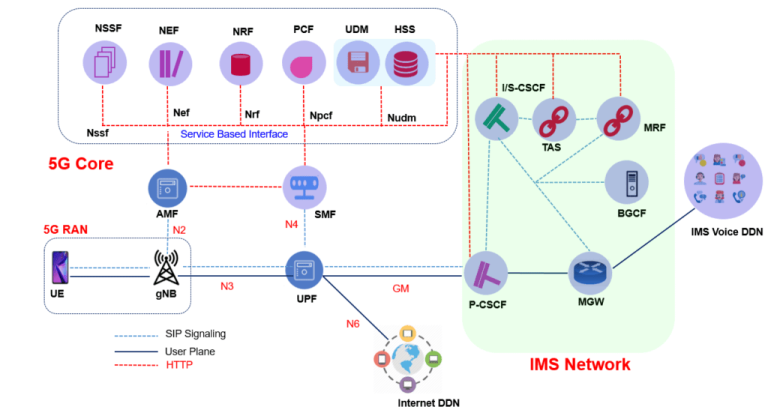Top 5G RAN Interview Questions and Answers for 2025
telcomatraining.com – As the demand for 5G technology continues to grow, professionals in the telecom industry must stay updated on the latest developments in Radio Access Network (RAN) architecture. If you are preparing for a 5G RAN interview, knowing the most commonly asked questions and their answers can give you an edge. Below are the top 5G RAN interview questions and answers for 2025.
1. What is 5G RAN and How Does It Differ from Previous Generations?
Answer: 5G RAN (Radio Access Network) is a key component of the 5G network that connects user devices to the core network. It comprises distributed antenna systems, baseband units (BBUs), and remote radio units (RRUs). Unlike previous generations, 5G RAN supports ultra-high-speed connectivity, lower latency, and enhanced spectral efficiency.
The primary differences from previous generations include:
- Cloud-Native Architecture: 5G RAN leverages virtualization and cloud computing for flexible and scalable deployment.
- Massive MIMO Technology: Supports higher data rates and improved signal quality.
- Network Slicing: Enables multiple virtual networks on a shared infrastructure.
- Open RAN: Promotes interoperability among different vendors, reducing dependency on proprietary hardware.
2. What Are the Key Components of a 5G RAN Architecture?
Answer: A 5G RAN consists of the following key components:
- gNB (Next-Generation Node B): The base station that handles radio transmission and connects to the 5G core network.
- DU (Distributed Unit): Handles real-time processing, including scheduling and HARQ (Hybrid Automatic Repeat Request).
- CU (Centralized Unit): Manages non-real-time processing, such as mobility control and session management.
- RU (Radio Unit): Contains radio frequency (RF) front-end and handles signal transmission and reception.
- Fronthaul, Midhaul, and Backhaul: These are transport network segments connecting RU, DU, and CU to ensure seamless data flow.
3. What is the Difference Between Centralized RAN and Distributed RAN?
Answer:
- Centralized RAN (C-RAN):
- Baseband processing is centralized in a cloud-based data center.
- Reduces equipment costs and power consumption.
- Improves spectrum efficiency and load balancing.
- Distributed RAN (D-RAN):
- Baseband processing is performed at individual base stations.
- Offers lower latency and is suitable for rural and standalone deployments.
- Requires higher maintenance and operational costs.
4. What Are the Benefits of Open RAN in 5G Networks?
Answer: Open RAN (O-RAN) is a transformative approach in 5G networks that enhances flexibility and interoperability. The benefits include:
- Vendor Agnosticism: Operators can integrate hardware and software from different vendors, reducing dependency on single suppliers.
- Cost Efficiency: Lower capital and operational expenses due to the use of commercial off-the-shelf (COTS) hardware.
- Faster Innovation: Open interfaces allow for rapid development and deployment of new technologies.
- Network Optimization: AI-driven automation improves network efficiency and reduces manual intervention.
5. What Are the Main Challenges in Deploying 5G RAN?
Answer: Despite its advantages, 5G RAN deployment comes with challenges, such as:
- High Infrastructure Costs: Requires significant investment in hardware, spectrum, and deployment.
- Spectrum Availability: Limited frequency bands and regulatory constraints can impact performance.
- Interference Management: Dense small cell networks may cause signal interference.
- Security Risks: Open interfaces increase the risk of cyber threats.
- Integration Complexity: Coordinating with legacy networks and ensuring seamless handovers is challenging.
Conclusion
Preparing for a 5G RAN interview requires a solid understanding of the latest technologies, architectures, and industry challenges. By mastering these key questions and answers, you can confidently demonstrate your expertise and increase your chances of success in the telecom sector. Stay updated with industry trends and advancements to stay ahead in your career.







